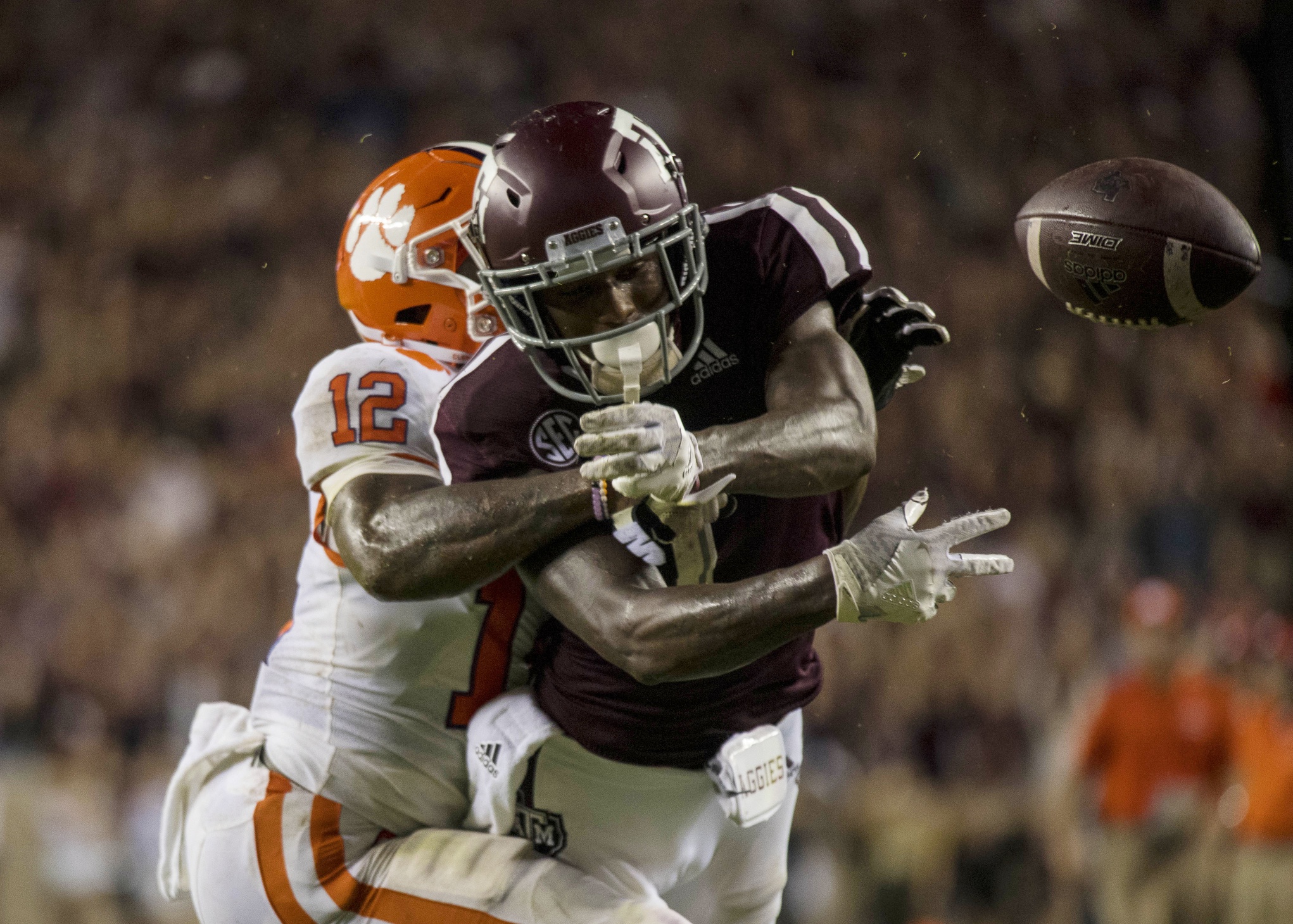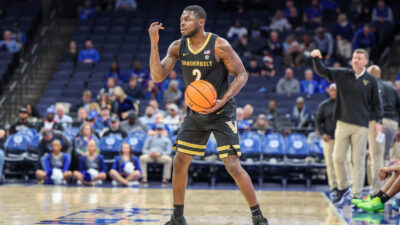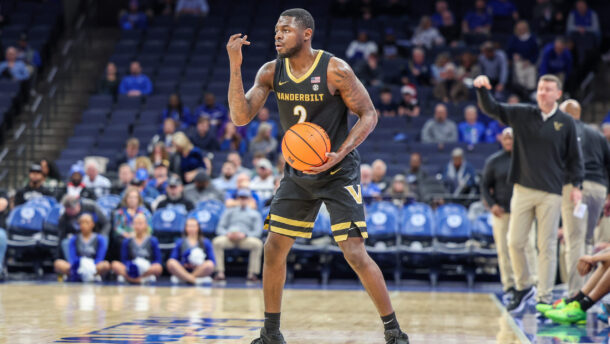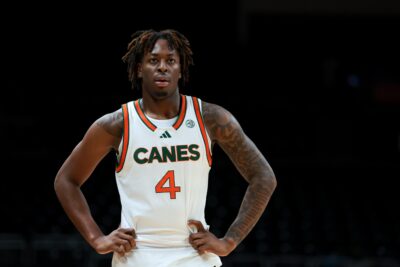
Did Texas A&M get hosed by a rule that shouldn’t exist? SEC coaches weigh in on end-zone fumbles
The end of Saturday night’s Clemson-Texas A&M gave new meaning to the term “12th man.”
Down 8 points in the closing minutes, Aggies receiver Quartney Davis caught a pass and made a dive for the end zone.
If Davis could reach the ball across the pylon, he’d have a touchdown to give A&M a chance to tie the score with a 2-point conversion. If he couldn’t quite extend far enough, A&M would still have the ball on the 1-yard line with a new set of downs. If he fumbled out of bounds shy of the goal line, it’d still be A&M ball on the 1-yard line.
But none of that happened (at least according to the officials).
Davis fumbled for the ball and officials ruled that it went out of bounds in the end zone, and that it wasn’t possessed before it cross the plane. Officials ruled there wasn’t enough evidence from the pylon camera to overturn the call on the field — Jimbo Fisher strongly disagreed with that — and Clemson was awarded a touchback.
In case you didn’t see the play, here it was:
A look at the Quartney Davis catch and fumble that was ruled a touchback late in the fourth quarter. pic.twitter.com/B6s6FqlBnu
— ?????? ?. ????? (@Travis_L_Brown) September 9, 2018
Aggies fans debated the ruling on the field, and argued that the ball went to the left of the pylon, which would’ve resulted in A&M ball on the 1-yard line.
But the more interesting question is why should it have mattered. As in, why is the defense rewarded for a fumble out of bounds in the end zone when that isn’t the case on anywhere on the field? The end zone sideline is essentially a 12th man for the defense. It’s the only place on the field where a defense doesn’t have to gain possession of the ball, yet it gets rewarded with … possession of the ball.
It’s a rule that rarely sees the light of day, but at a critical juncture on Saturday night, it cost the Aggies an opportunity to potentially tie the game. They did respond with a touchdown drive that gave them a 2-point conversion try to tie the game at the end of regulation, but the attempt came up short.
I was curious how SEC coaches felt about this seldom-seen rule, so I asked two offensive-minded SEC coaches and two defensive-minded SEC coaches about it.
I asked Fisher, who was burned by the end zone fumble-to-touchback rule, if he’d support a change that keeps possession with the offense like it does on any other part of the field.
“No, no, no. If you fumble the ball out of the end zone, the defense should be rewarded for that. That’s something you can’t do on offense,” Fisher said. “I agree with the rule itself. I totally agree with it … as far as the rules of the game, I think they’re fine. That’s an excellent rule.”
An “excellent” rule? Really?
Plenty of people, myself included, would disagree with that.
Baltimore Ravens coach John Harbaugh called it “a crazy rule” after it cost his team a win last year. Pro Football Talk’s Mike Florio declared the end zone fumble-to-touchback “the most unfair rule in the game.” Fox Sports, NFL.com and Yahoo shared similar viewpoints.
Yet despite at least some opposition to it, the SEC coaches I asked about it justified it with “that’s the way it’s always been so why change it?”
“The rule itself seems fine to me the way it’s written and the way it goes. That’s the way we’ve been playing it for a long time. I think we all understand that,” Kentucky coach Mark Stoops said. “I can’t speak for everyone, but as a defensive coach and as a head coach, it seems like the rule makes sense to me if it is a fumble.”

It makes sense that a defensive coach like Stoops would embrace it. After all, a defense gets credited with stats like “forced fumbles.”
But what doesn’t make sense is why it’s catastrophically worse for an offensive player to fumble out of bounds at the goal line, as opposed to fumbling out of bounds at the 5.
Those in favor of the rule like Fisher and Stoops almost seemed taken aback by the idea that a rule as old as football itself should be tweaked. All they’re going to do is continue to try and coach to it so that it doesn’t prove costly in a key situation.
“The thing that we always tell our guys is at our near the goal line, you’re not stretching the ball out unless it’s fourth down or an end-of-game situation where we need to get into the end zone,” Mississippi State coach Joe Moorhead said.
The problem is that Davis was at the end of the game and A&M needed to reach for the end zone. And here’s something to consider. If the exact same scenario unfolded but Davis was instead at the 8-yard line reaching for a first down, A&M would’ve kept possession and the ball would’ve been spotted where he lost it.
Missouri coach Barry Odom, a defensive-minded coach, takes a similar approach to Moorhead when it comes to teaching players not to reach for the pylon because if he didn’t, “they’d be off-guard as everyone else about (the rule).” Odom at least seemed open to the idea of taking another look at the rule.
“The actual rule of the intent on the reasoning of it, it’s been that way I guess forever,” Odom said. “I’d rather take a look and see if what for the game of football is best. If that’s it, let’s keep on rolling with it. If not, then let’s make an adjustment where it is.”
The best chance of a rule change would be if the NFL takes the initiative. According to Rodger Sherman’s story on the subject on “The Ringer” — you should totally read it if this subject interests you — NFL officiating chief Dan Blandino said that the league had looked into changing the rule, though nothing ever came of it.
In my opinion, though, it needs to be changed. Sherman offered up 5 ways to make that happen in his story.
I’m of the impression that ball-carriers are still risking possession whenever they reach for the goal line, and if a defensive player can force a fumble and gain possession in-bounds, that’s a huge reward for the defense. But without possession of a fumble, the offense should keep the ball where it was coughed up before it went out of bounds, whether it happens in the end zone or not.
We’ve evolved in so many ways in college football. We no longer have writers declaring who wins a national championship. We allow all races to play the sport. We even allow true freshmen to play in games!
The end zone fumble-to-touchback rule is another thing that needs to evolve. Simply accepting a strange rule that can have a major impact on a game/season because “that’s the way it’s always been done” is not an acceptable reason to keep doing something.
Especially when there’s nothing excellent about it.
Connor O'Gara is the senior national columnist for Saturday Down South. He's a member of the Football Writers Association of America. After spending his entire life living in B1G country, he moved to the South in 2015.






